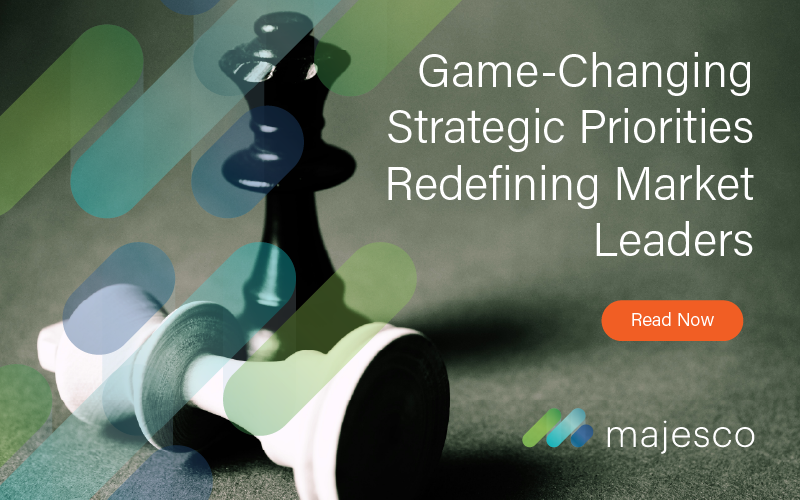KEY TAKEAWAYS:
--AI allows, for instance, for exoskeletons that can let workers with spinal cord injuries walk again.
--AI also has the capability to quickly analyze imaging scans to diagnose injuries, potentially speeding up the recovery process.
----------
Artificial intelligence (AI) is not just an emerging form of technology. AI has already proved valuable to just about every industry, including the medical sector. AI can often analyze complex medical data and come to more informed decisions than humans, leading to improved accuracy of assessments and more effective treatment plans.
“The advances in medical research and technology are robust. We are seeing exponential growth of new research every day,” said Lisa Haug, assistant vice president of medical management at Safety National. “One example is the utilization of artificial intelligence and robotics to help with nerve stimulation for spinal cord injuries, which recent studies are showing has the potential to help [patients] regain movement. While these advances do not necessarily eliminate the need for 24/7 care, they are promoting more independence for the injured worker.”
How Is AI Used in Recovery?
The following are just a few examples of how AI can be used to aid in an injured worker’s recovery:
- Exoskeleton: This is a wearable robotic for patients recovering from spinal cord injury. It allows the injured worker to regain balance, coordination and strength – enabling many to learn how to walk again.
- Rehabilitation: AI can analyze historical data to make predictions about the best course of action for treating an injured worker and guide medical staff in developing effective rehabilitation plans.
- Digital Health: AI aids in early screening, detection and intervention, resulting in early treatment. An example includes home screening diagnostics where an individual uses a test kit at home to detect diabetes, flu, colon cancer, etc. The kits are usually tied to an app, enabling users to monitor results on their devices.
- Prosthetics: There are now computer-aided design and 3D printing of prosthetic parts, along with embedded AI systems that can interpret an injured worker’s movements to provide adaptive tissue and muscle assistance, leading to improved patient mobility.
See also: AI in a Post-Pandemic Future
The Benefits of Using AI
The benefits of using artificial intelligence in an injured worker’s recovery plan are vast, including:
- Quicker Diagnosis: AI has the capability to quickly analyze imaging scans to diagnose injuries, potentially speeding up the recovery process.
- Individualized Treatment Plans: AI can draw on vast databases of patient data to create individualized treatment plans that are tailored to a patient’s specific needs.
- Improved Accuracy of Medical Assessments: AI technology can analyze complex medical information and gain deeper insights than a human doctor, leading to improved accuracy of medical assessments.
- Smart Rehabilitation Plans: AI can study a patient’s progress and conclude which rehabilitation techniques are most effective, thus ensuring an optimal recovery plan.
- Real-Time Monitoring: AI can monitor a patient’s recovery progression in real time and provide immediate feedback, allowing physicians to make necessary adjustments to improve outcomes.
All these advances will help serve injured workers, though organizations will need to remain cognizant of advances and the associated costs. AI will continue to provide advances that provide deeper insight into the patient’s condition, which could help provide an improved path for care and, in some cases, return injured workers to their jobs more rapidly.






















